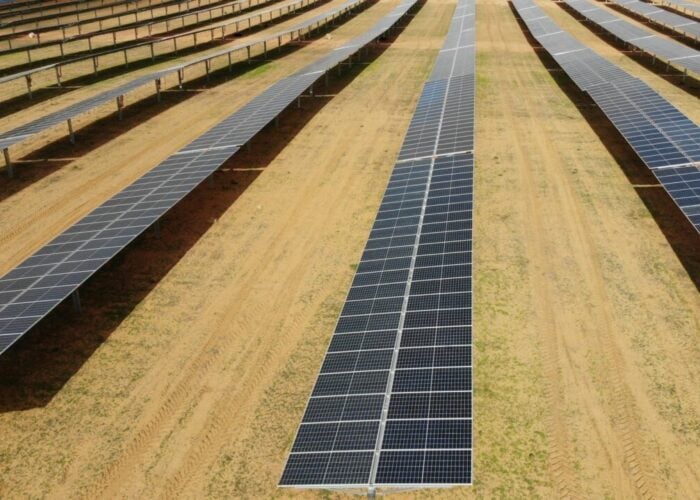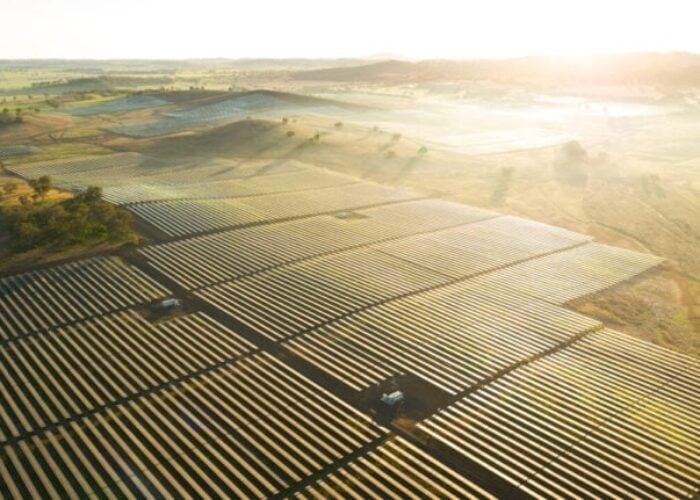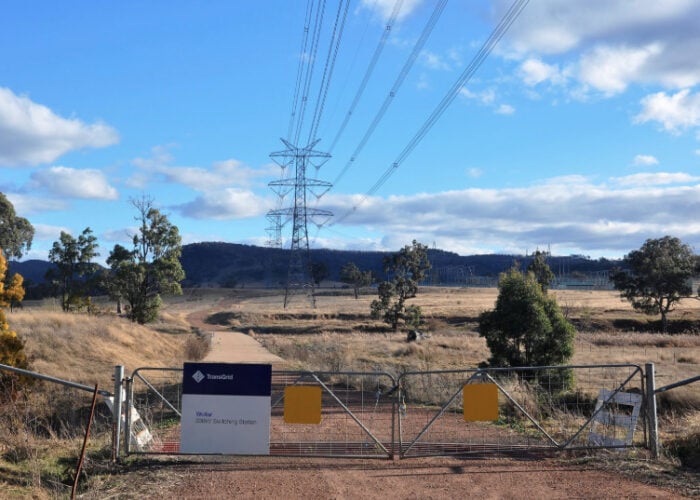
Take up of Malaysia’s Net Energy Metering (NEM) scheme for renewable energy is on track to double that of last year.
Approved capacity up to 10 May this year reached 16.6MW, compared with 18.24MW in the whole of 2018.
Unlock unlimited access for 12 whole months of distinctive global analysis
Photovoltaics International is now included.
- Regular insight and analysis of the industry’s biggest developments
- In-depth interviews with the industry’s leading figures
- Unlimited digital access to the PV Tech Power journal catalogue
- Unlimited digital access to the Photovoltaics International journal catalogue
- Access to more than 1,000 technical papers
- Discounts on Solar Media’s portfolio of events, in-person and virtual
Yeo Bee Yin, minister of energy, science, technology, environment and climate change (MESTECC), said that since the NEM scheme was enhanced in January 2019, there has been encouraging growth.
The total quota allocated for NEM is 500MW (50MW domestic segment / 450MW commercial & industrial and agriculture). According to a SEDA release, the scheme will help to employ around 15,000 people and draw RM2.124 billion (US$509 million) in capital investment in solar PV.
Bee Yin also launched Sustainable Energy Development Authority (SEDA) Malaysia’s new website with a range of functions to support solar PV, including a renewable energy microsite and NEM calculator.
To make it easier for consumers to go solar, SEDA has created publicly accessible directories with 110 registered PV service providers and 27 registered investors. Members of the public should then be able to choose different models such as buying a PV system upfront, leasing a system or only paying for the power generated from an installation via a power purchase agreement (PPA).
For the PPA option, Peninsular Malaysia’s main utility TNB has created the Supply Agreement for Renewable Energy (SARE), which is said to reduce counter-party risk faced by PV investors.
A new NEM calculator on the website also provides potential solar consumers with estimates of possible PV capacity, minimum upfront cost of investment, monthly electricity savings, simple payback and impact on environmental indicators.
Elsewhere, local reports have also cited the minister as claiming that if all household rooftops in Peninsular Malaysia were solarised then the country could generate 1.4 times more electricity, as that region has 4.12 million potential roofs for PV installations, with more than 34GW of capacity. Average total capacity in the country hovers around 24GW at any one time added The Star.
This week, Norwegian firm Scatec Solar said it had completed a 65MW large-scale project in the south-west of Peninsular Malaysia.
Last October, SEDA and TNB announced a series of separate plans to install solar along a major highway, introducing both the first solar insurance scheme and monitoring system, as well as inking support agreements with powerful foreign organisations.







